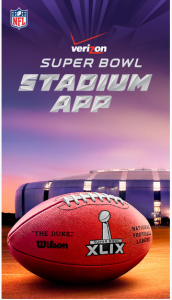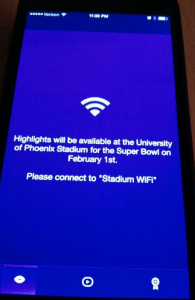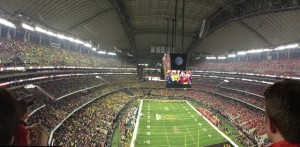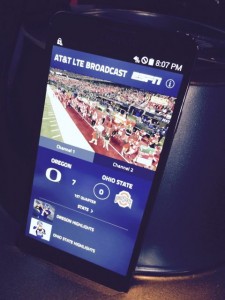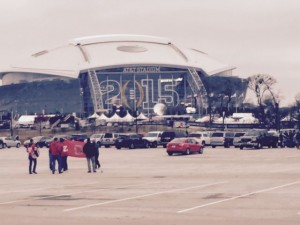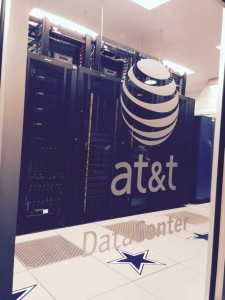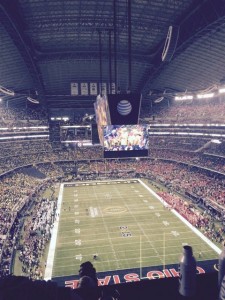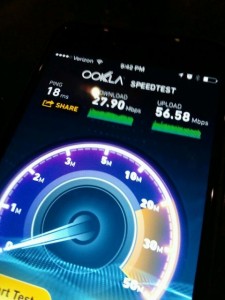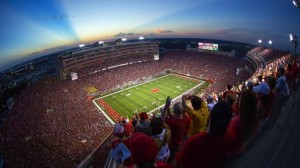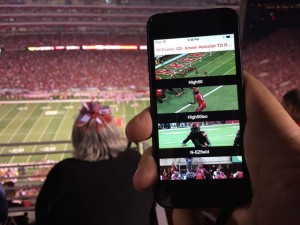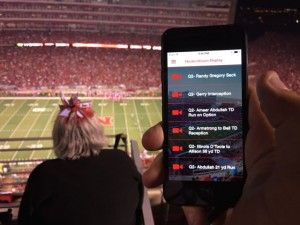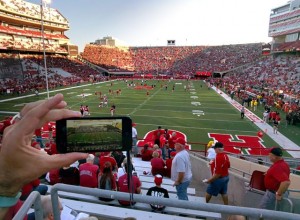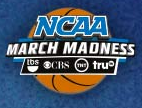 Turner Sports and the NCAA said that online viewing of the 2015 men’s NCAA basketball tournament once again set new records, showing (again) that the demand for live sports online is still growing steadily with no top in sight.
Turner Sports and the NCAA said that online viewing of the 2015 men’s NCAA basketball tournament once again set new records, showing (again) that the demand for live sports online is still growing steadily with no top in sight.
From the round of 64 to One Shining Moment this year’s March Madness Live audience racked up 17.8 million hours of online viewing, according to figures released by Turner Sports and the NCAA Tuesday. The 80.7 million individual live streams were an increase of 17 percent over the 2014 tournament coverage, and the total hours watched was up 19 percent from last year.
Things really ramped up online for this past weekend’s Final Four games, with the Saturday semifinal doubleheader recording 6 million live video streams (an increase of 59 percent over 2014) and 1.5 million hours (an increase of 53 percent) of online watching, according to Turner and the NCAA. Monday’s championship game saw 3.4 million video streams started, with 1 million hours of live video consumed — totals that increased 66 percent and 69 percent, respectively, from 2014 figures. Overall, the NCAA and Turner Sports also said that mobile-only viewing also surged, increasing 20 percent in both views and hours from last year, though they did not provide a breakout figure for mobile-only viewing.
What is helping the increase in online watching? For one the ease in which March Madness could be consumed — watching this year on various platforms I noticed that the sign-in procedure with my cable contract info didn’t need to be repeated — ever — on my desktop or on my mobile device; in previous years the sign-in technology had been somewhat of a gating factor, and in the earliest years the extra-charge fee for watching games online almost certainly kept the audience much lower than it could be.
And now that fans know the games will be available online in an easy to find place — MarchMadness.com — they seem to know to go there for the early games that take place during work hours. In fact, the most-watched game online after the Final Four was a Round of 64 game between Notre Dame and Northeastern, which took place in the morning of March 19 — with 3.9 million video streams, it was clear that people at work got wind of the potential upset in the making and tuned in.
For once I have no complaints about the technical parts of the online March Madness offering — I watched the entire second half of the gripping Notre Dame-Kentucky regional game on my phone over Wi-Fi, and had no glitches, buffering or any other transmission problems. The only nit I would pick is why broadcasters like Turner feel it’s OK to impose technical control over online viewers, like blocking the mute button on the video screen during commercials, or by floating the little “Pizza Hut” icon on the left of the screen during game play, a small annoyance but noticeable. You’d be crucified for trying stunts like that on broadcast TV, so why insult viewers online just because you can?
